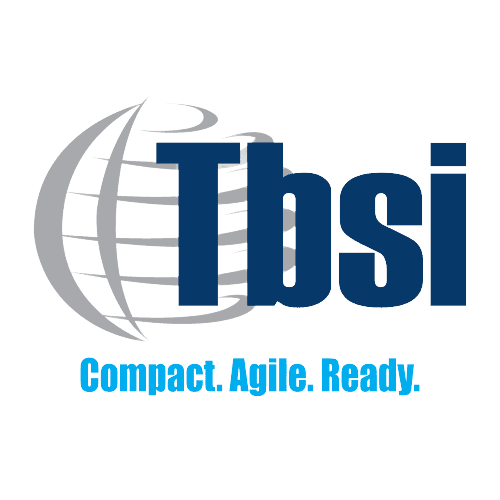Metal finishing services are processes to modify or enhance the surface of metal objects to achieve specific functional or aesthetic properties. They are often applied to improve the metal’s corrosion resistance, appearance, adhesion, durability, or conductivity. These services are commonly employed in the automotive, aerospace, electronics, jewelry, and manufacturing industries.
Various finishing techniques are available, and the choice of method depends on the desired outcome and the metal type being treated. This article delves into the essential factors to consider when selecting the optimal post-processing technique for a specific application.
Factors To Consider When Choosing a Metal Finishing Technique
The right method can enhance the functionality, appearance, and longevity of metal components, ensuring optimal performance. However, with several options available, it is crucial to consider the following factors before making a decision:
Material Composition
Different metals and alloys have unique properties and behaviors, which can significantly impact the effectiveness and compatibility of specific finishing methods. Understanding the material composition ensures that the chosen technique will achieve the desired results without causing any adverse effects. Additionally, the surface preparation requirements may vary based on the metal composition.
For instance, electroplating is commonly used for metals like copper, nickel, and chrome, whereas anodizing is primarily applied to aluminum surfaces. Similarly, galvanizing is an effective technique for steel and iron, while black oxide coating is ideal for ferrous metals.
Desired Outcome
The desired outcome can vary based on the specific application and requirements, and it often determines the choice of finishing method. For example, techniques such as galvanizing or electroplating can be suitable if the goal is to enhance the metal’s corrosion resistance. Meanwhile, methods like polishing, buffing, or powder coating can be applied if the objective is to improve the component’s aesthetics.
Cost-Effectiveness
Evaluating the cost-effectiveness helps ensure that the chosen technique aligns with budgetary constraints while delivering the desired results. This involves assessing the overall expenses associated with the method and weighing them against the benefits gained. For example, some finishing techniques may require expensive chemicals, specialized equipment, or skilled labor, which can significantly impact the cost.
Production Volume
The volume of metal components to be treated can affect the feasibility and efficiency of finishing methods. For high-volume production, techniques that offer faster processing times and higher throughput may be preferred. These processes could include electroplating or powder coating, which can quickly treat large numbers of parts and components through automation.
Conversely, more specialized or intricate processes may be ideal for small-scale or custom applications. These tasks necessitate meticulous attention to detail and may include hard labor. For example, hand polishing, chemical etching, and custom patination may be more suited for generating unique finishes.
Lead Time
Lead time is the duration required to complete the finishing process. It is an important factor to consider, especially when there are time constraints or specific project timelines.
Techniques like chemical etching or mechanical polishing may have shorter processing times, making them appropriate for projects with tight deadlines. On the other hand, anodizing and multi-step plating involve longer treatment durations, requiring more time to achieve the results.
Maintenance Requirements
Some techniques may require regular maintenance to preserve the desired finish and functional properties. For instance, certain plating methods may need periodic cleaning or inspection to maintain their appearance and protective properties. Anodized surfaces may also require occasional sealing or touch-ups to ensure continued corrosion resistance.
Trust TBSI for Top-Notch Metal Finishing Services!
At TBSI, we understand the importance of delivering high-quality coating solutions that meet our customers’ requirements! Our objective is to provide excellent and cost-effective solutions that offer the exact finish required for the product to come to life. You can choose from our range of advanced coating techniques, including powder coating, liquid painting, and plating.
Contact us today for more information! You can also request a quote now.
